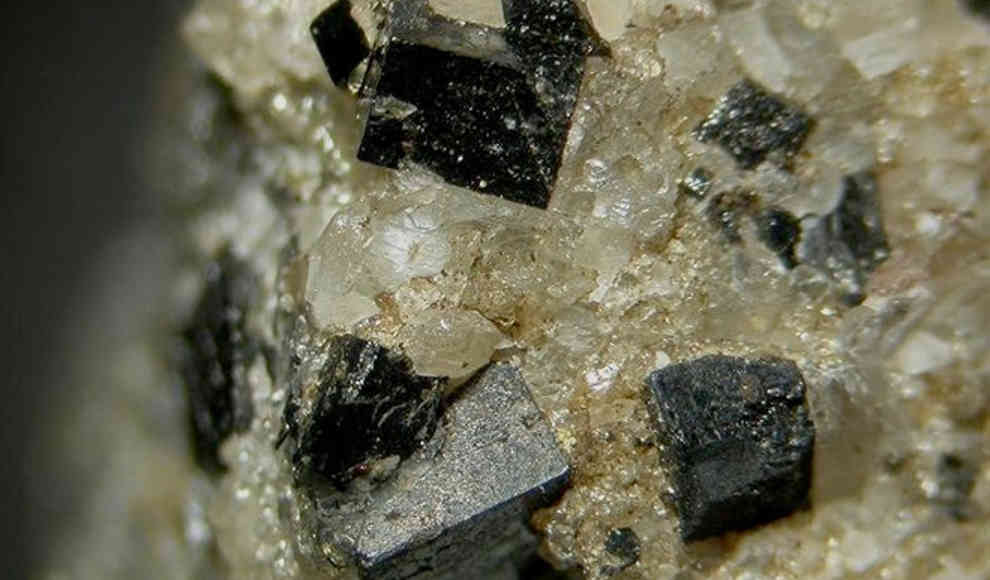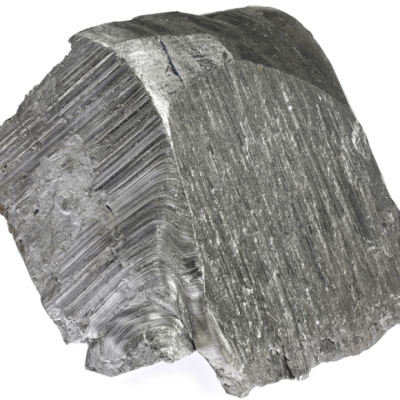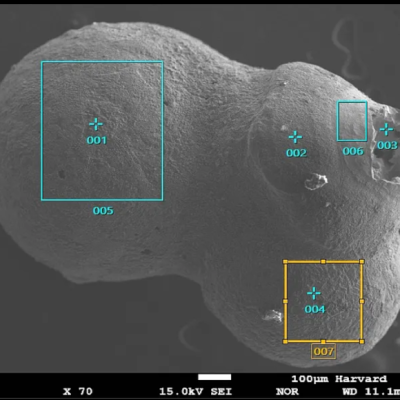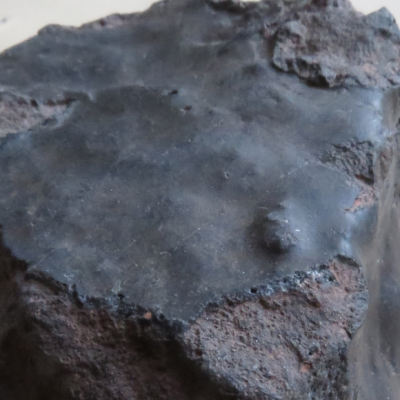Geologists have long known the most common rock on Earth as Silicate-Perovskite, a theoretical rock that was only found beneath the Earth’s surface. Scientists believed that the first layers of this rock were located in the transition zone to the lower mantle, between 660 and 2,900 kilometers deep. However, by chance, geologists have now given this rock a proper name: Bridgmanite. This rock has been named after American physicist Percy Bridgman, who was awarded the Nobel Prize in 1946 for his work in high-pressure physics.
The problem with Bridgmanite was that until recently, no one had ever held or analyzed it. However, in 1879, a fragment of the Tenham meteorite fell in Queensland, Australia, and was later exhibited at the Natural History Museum in London. Upon analyzing the meteorite, scientists discovered that it was mostly made up of Silicate-Perovskite (Bridgmanite). This discovery gave geologists the opportunity to scientifically classify and name the rock.
Bridgmanite is a mineral that is uniquely identified by its chemical composition and crystal structure. This discovery is significant because it provides a better understanding of the Earth’s mantle and its composition. It also highlights the importance of chance discoveries in scientific research. As geologists continue to study the Earth’s mantle, Bridgmanite will undoubtedly play a crucial role in their research.










